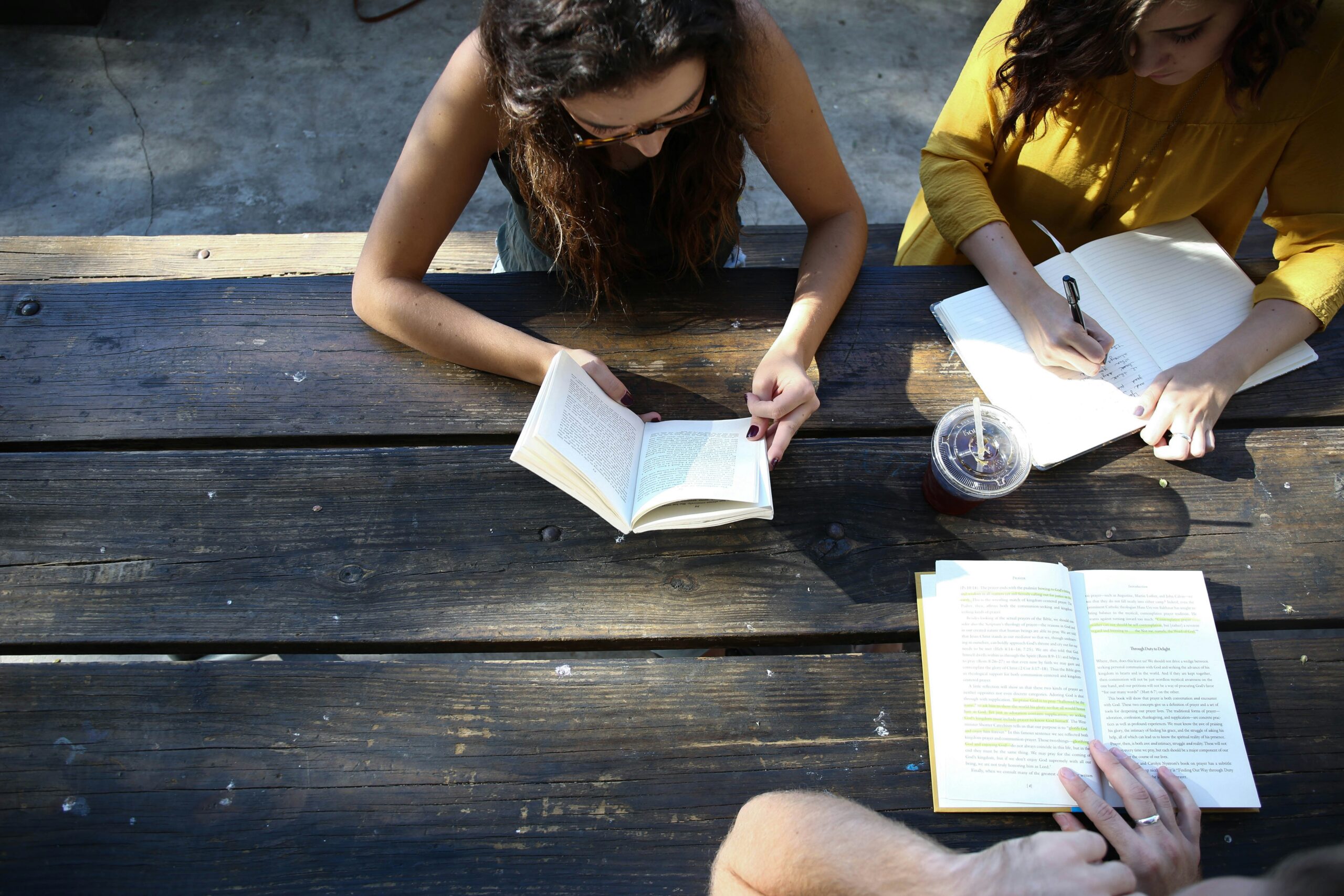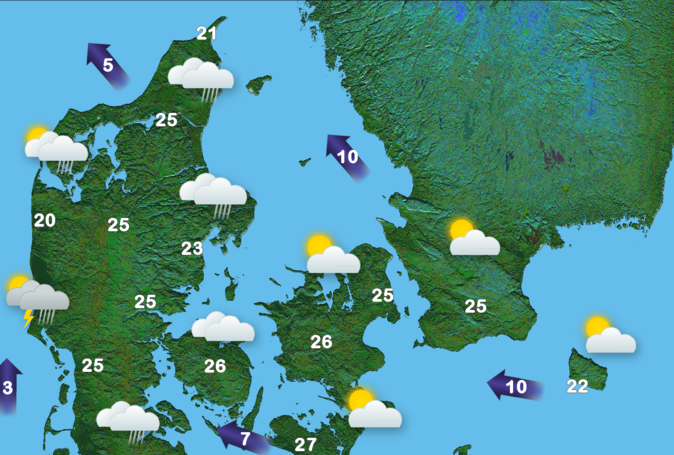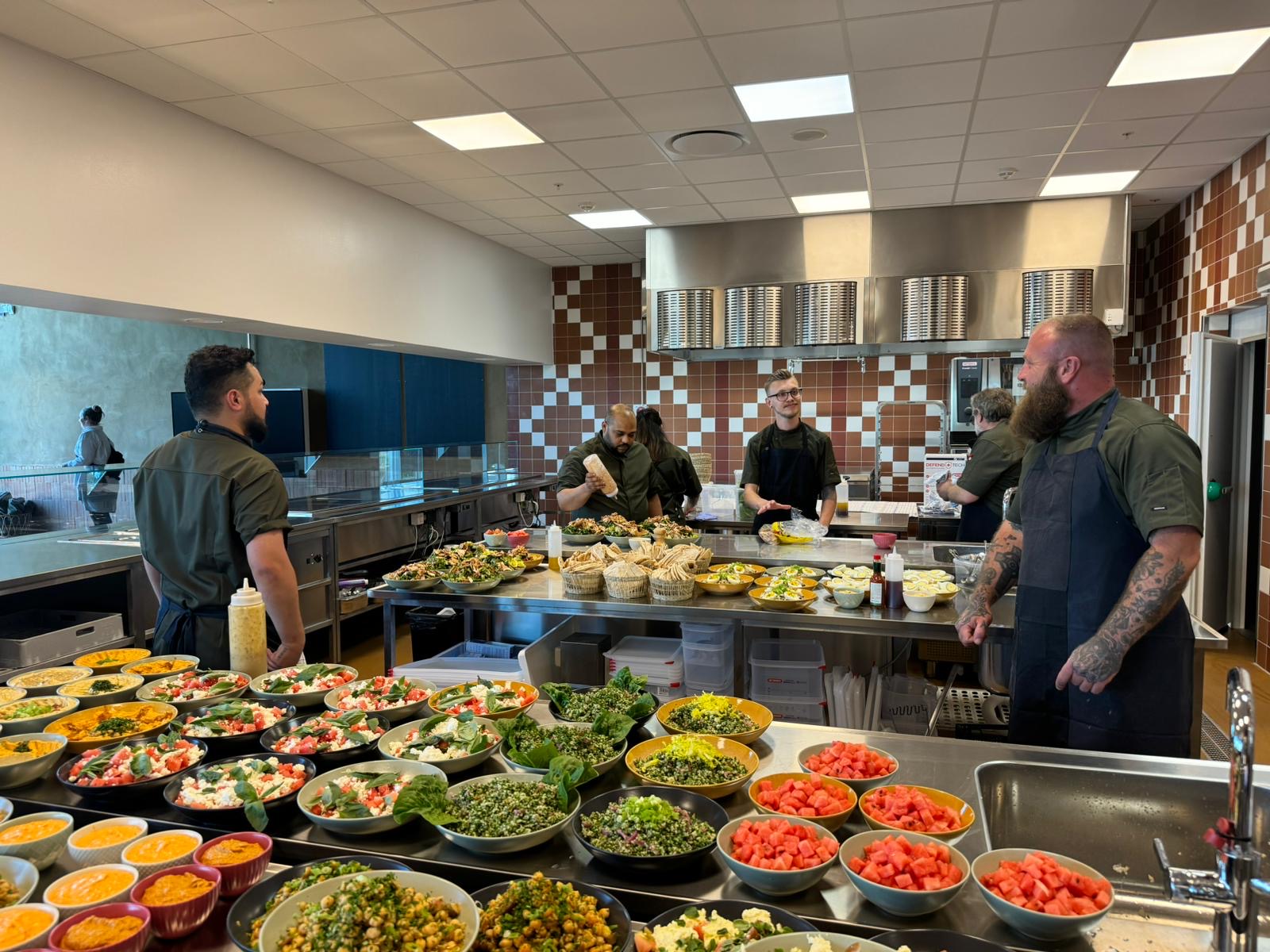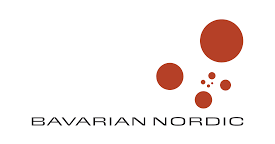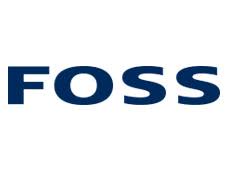On March 1, 2007, heavily-armed police stormed and evicted the residents of the squatted building Ungdomshuset, sparking riots that lead to the arrests of over 700 people and damage amounting to at least 14 million kroner. Five days later the house at Jagtvej 69 was demolished. The land on which it stood still stands bare, as developers contemplate how to use the empty plot without falling victim to reprisals.
Since the early 1980s, Ungdomshuset (the ‘youth house’) was the site of a bustling community of art, music and politics related to the anarchist scene. The often uncompromising nature of its residents, the Ungerne (the ‘youths’), polarised public opinion. Their reputation was not helped after a group of people with ties to Ungdomshuset confronted Pia Kjærsgaard, leader of the anti-immigration Dansk Folkeparti party, on Nørrebrogade in 1998, forcing her to seek shelter in a bank until the police could escort her away.
After the demolition of Ungdomshuset in March 2007, demonstrations were held every Thursday to demand a new home. In July 2008, the Ungerne were eventually handed the keys to their new building in outer Nørrebro at Dortheavej 61.
But the ‘new’ Ungdomshuset never really developed the same following, and the Ungerne still bear a grudge at losing their original home. Put up for sale by Copenhagen City Council in 1999, the house landed in the hands of the radical Chrisian sect Faderhuset who turned down three attempts by a foundation representing Ungdomhuset’s users to buy it back in the months before it was demolished. It seemed to be a vindictive attempt to cleanse Nørrebro of the anti-establishment, anti-fascist, anti-sexist and anti-homophobic youths.
Last summer street artist Shepard Fairey was commissioned by the council to produce a number of murals across the city. One of the sites was the bare wall beside the empty lot at Jagtvej 69. His four-storey painting, which included a dove, the word ‘Peace’ and the number 69, was quickly defaced with paint bombs. Artists from the Ungdomshus community painted over the lower portion of the mural several days later with a depiction of a battle scene of riot police and bearing the motto, “Intet Glemt, Intet Tilgivet” – in English meaning, “Nothing Forgotten, Nothing Forgiven.”
Five years after the eviction, a banner bearing same motto was carried by several hundred supporters as they marched from Dortheavej, past the empty lot at Jagtvej 69 before heading to Folkets Park in Nørrebro. Speaking to The Copenhagen Post, some members of the Ungdomshuset community explained that the pain of being abandoned by the council meant they could never forgive.
But Jonas Olsen, a 37-year-old long time member of the Ungdomshuset community, was philosophical.
“I can never forgive that they took away the most democratic house in Copenhagen,” Olsen explained. “It’s a scandal that they tore it down when we had a historic right to it.”
“But by tearing down my favourite place in the world they made the council realise that they needed to give kids places to go. And now there’s never been as many free spaces in Copenhagen where artists and young people can go and express themselves. Before, everything was concentrated in Ungdomshuset,” Olsen said.
“But if it were up to me we would still have 69 and not have had all the riots.”
At that point a voice shouted over the chattering and punk music that some of them were heading back to Jagtvej 69.
“We’re going home!” the voice called.






